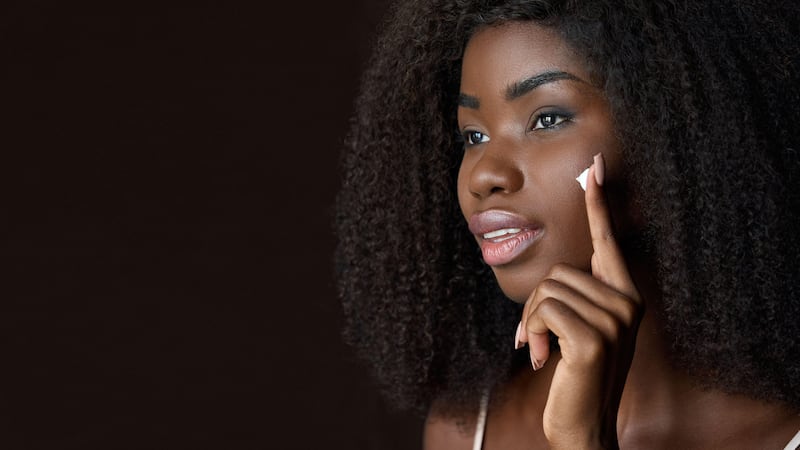THE new buzz is to have everything delivered to your door and this includes dentistry delivered in a box without ever having to set foot in a dental practice. Braces all neatly packaged, no need for appointments, quick and less money – sounds appealing, doesn’t it? Just sit back, relax and enjoy the ride to straight teeth.
It’s just that at 10 minutes to landing you don’t want to hear that sweaty-pants-inducing pilot announcement, “The landing gear is stuck, brace for landing!”
Since lockdown, dentistry and medicine have been using video consultations more. The idea is that we should employ these methods going forward as there are a lot of merits to working this way for both clinicians and patients. Video consultations appear to me more suited to medicine but even then, there’s nothing like seeing something in the flesh and examining how it feels and presents to make a better, more informed diagnosis.
On a video call I can only tell so much about what’s happening. Proper photos and imaging give me more information but it's only when I actually touch a patient that I can really start to get an understanding of their mouth. This is particularly important when dealing with the bite and the jaw joints.
The idea is to get the teeth to look straight; however, this is only half the battle. The body needs the straight teeth to function and be in harmony with the facial muscles, jaw joints and nerves. The body requires the teeth to fit together like lock and key and to slide around like a graceful swan not like dad dancing on a sozzled night.
If braces push teeth into a position that look straight but don’t fit together this can lead to jaw joint pain, problems eating, teeth breaking, gum recession and tooth loss.
During an examination I see if there’s gum disease and any loose teeth. I think most would agree that straight teeth at the end of treatment are useless if they fall out soon after treatment ends.
So, it’s for these types of reasons that for your braces it's best to have a dentist flying your treatment plane for the entire journey to see and feel what’s happening and react appropriately as treatment progresses.








